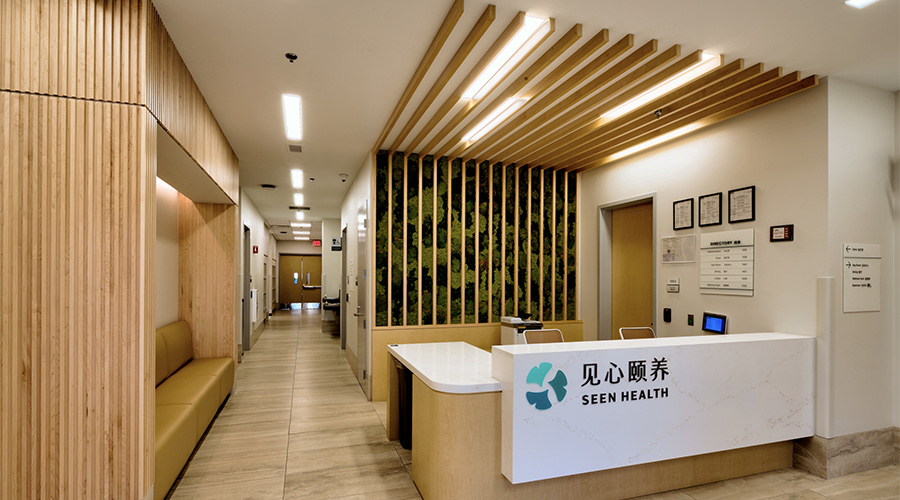On May 12, 2015, the U.S. Government Accountability Office (GAO) issued a bid protest decision upholding the Department of Veterans Affairs (VA) decision to award a sole-source contract for a mercury-free ultraviolet (UV) room disinfection system for the Clement J. Zablocki Veterans Affairs Medical Center located in Milwaukee, Wisconsin.
In its decision, the GAO noted “Because the agency’s market research revealed only one source for a mercury-free UV disinfecting lamp, and because there is no dispute about the hazards of mercury gas exposure, we conclude that the agency’s decision to award the contract on a sole-source basis to the only source of a mercury-free product was reasonable.” The VA's market research identified 57 contractors under the relevant GSA schedule contract, but only one capable of providing a mercury-free xenon disinfection lamp, according to the decision. That supplier is Xenex Disinfection Services.
The GAO decision states, “in October 2011, the Milwaukee VA Medical Center, noting the hazards of short- and long-term exposure to mercury vapor (e.g., vomiting, diarrhea, memory loss, tremors), established a policy stating that: ‘All Divisions . . . are hereby encouraged to minimize procurement of Mercury-containing instruments and are advised to seek safer substitutes wherever possible.’”
Xenex manufactures and distributes a pulsed xenon UV disinfection system which utilizes a mercury-free, full-spectrum pulsed xenon UV bulb to quickly destroy the deadly pathogens that cause hospital acquired infections (HAIs). Xenex’s Germ-Zapping Robot™ creates UV-C light that covers the entire germicidal spectrum (200 – 280 nanometers). Xenex robots reduce the bacterial load in hospitals that is often associated with an increased risk for HAIs, including Clostridium difficile (C.diff) and Methicillin-resistant Staphylococcus aureus (MRSA).
In June 2014, Xenex CEO Morris Miller testified about the effectiveness of its germ-zapping robot in reducing infection rates at U.S. hospitals and VA facilities before the U.S. House of Representatives Committee on Science, Space, and Technology; Subcommittee on Research and Technology; and Subcommittee on Oversight in the hearing “Technology for Patient Safety at Veterans Hospitals.” At that time, the Iowa City VA Health Care System reported a 30 percent reduction in C.diff infections and the Jack C. Montgomery VA Medical Center reported a 50 percent decrease in Multi-Drug Resistant Organism (MDRO) infections after the facilities began using Xenex robots for room disinfection.
Numerous hospitals that purchased Xenex robots have reported greater than 50 percent decreases in MRSA and C.diff infections in peer-reviewed literature, documenting how they used the Xenex robot in their real world hospital environment to reduce infection rates. MD Anderson Cancer Center, the Central Texas Veterans Health Care System, Cooley Dickinson (a Mass Gen affiliate) and other hospitals have published 10 studies proving the robot’s efficacy in highly regarded scientific journals including the American Journal of Infection Control (AJIC), Journal of Infection Prevention, Infection Control & Hospital Epidemiology (ICHE) and BMC Infectious Diseases.
“The GAO decision states that Xenex offered the best value to the government because ‘no other companies can meet the specifications required of a non-mercury UV disinfection bulb capable of producing pulses of 200 nm to 280 nm.’ Several U.S. hospitals have published outcome studies showing a decrease in infection rates when they used Xenex robots to disinfect their rooms. There are no peer-reviewed studies indicating that single spectrum mercury bulb UV devices have any impact on infection rates,” said Mike DelVacchio, senior vice president of sales and marketing for Xenex.
A new study published in AJIC and performed at the Central Texas Veterans Health Care System demonstrated that the Xenex robot is as effective even when surfaces haven’t been cleaned prior. In 2014, the Central Texas VA researchers, led by Dr. Chetan Jinadatha, conducted a study to compare the effectiveness of manual disinfection alone to manual disinfection plus pulsed xenon UV disinfection. The study found that manual cleaning plus pulsed xenon UV light disinfection was far more effective at eliminating MRSA bacteria and was 23 percent faster when integrated into the cleaning process.
Xenex germ-zapping robots are now included in infection control protocols in nearly 300 hospitals, including Veterans Affairs and DoD healthcare facilities, skilled nursing facilities, ambulatory surgery centers and long-term acute care facilities throughout the U.S. and Europe. Designed for speed, ease of use and portability, the Xenex device can be operated by a hospital’s environmental services staff without disrupting hospital operations. With a five-minute disinfection cycle, the robot eliminates harmful microorganisms safely and effectively and without introducing mercury into the hospital environment.
The GAO’s decision in its entirety can be found at: http://www.gao.gov/products/B-410988.2#mt=summary

 How Efficiency Checklists Help Hospitals Save Energy, Water and Money
How Efficiency Checklists Help Hospitals Save Energy, Water and Money Designing with Heart: Seen Health Center Blends Cultural Warmth and Clinical Care
Designing with Heart: Seen Health Center Blends Cultural Warmth and Clinical Care Rutgers Health and University Hospital Breaks Ground on Campus Expansion
Rutgers Health and University Hospital Breaks Ground on Campus Expansion What to Consider When Modernizing Healthcare Facilities
What to Consider When Modernizing Healthcare Facilities Corewell Health Beaumont Troy Hospital to Build New Tower
Corewell Health Beaumont Troy Hospital to Build New Tower